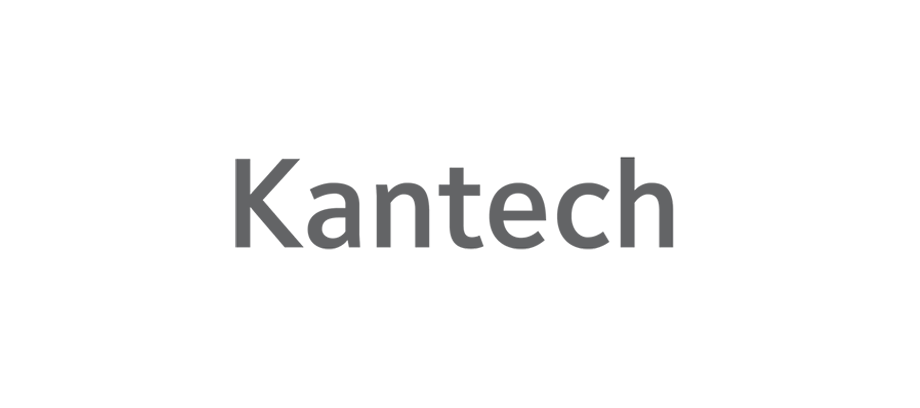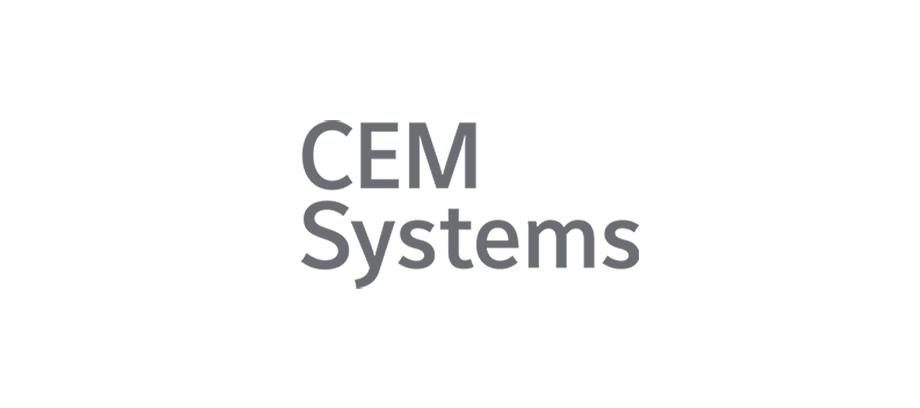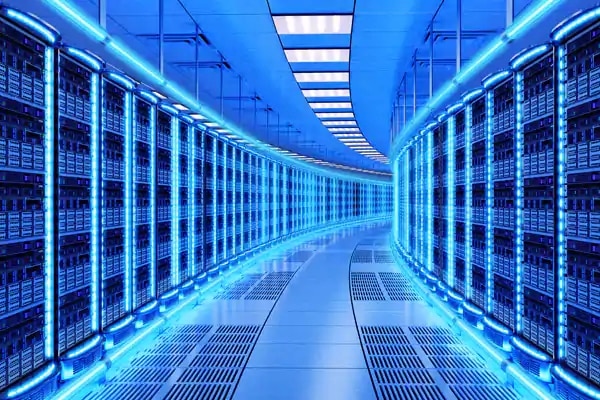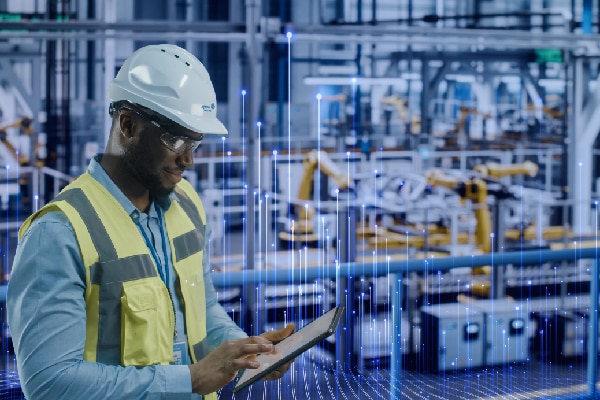- Johnson Controls
- Insights
- Power Positive Solutions - Balancing AI Efficiency and Sustainability
Power Positive Solutions - Balancing AI Efficiency and Sustainability
| Sustainable business practices, including AI adoption, can cut carbon emissions and increase long-term business viability. Recently featured in Facility Exec Magazine, Julius Marchwicki, Vice President of Digital Product Management at Johnson Controls, highlights the urgent need for building owners to adopt sustainable solutions to improve energy efficiency, enhance profitability, and reduce emissions. |  |
On average, 30% of the energy used in commercial buildings is wasted
(U.S. Environmental Protection Agency)
The technology to address this challenge already exists in a "trifecta" of efficiency, electrification, and digitalization.
Sustainable business practices, including AI adoption, are not just about compliance or feel-good initiatives; they’re about good business. Smart and strategic cost-cutting not only reduces carbon emissions and improves sustainability but also increases long-term business viability.
 The Power of AI
The Power of AI
The building revolution lies in data, digital software, and AI. By gathering data on electricity prices, outside temperature, indoor air quality, and occupancy trends, buildings can significantly reduce costs and emissions. Digital tools provide comprehensive visibility into building performance, offering real-time insights that empower facility managers to optimize operations. AI can predict anomalies in energy consumption and offer actionable recommendations, sometimes acting on behalf of facility operators to ensure systems run optimally.
Integrated AI-driven analytics can learn from environments, reducing false alarms and allowing facility managers to focus on higher-priority tasks. Across larger portfolios, such as healthcare facilities or school systems, AI’s ability to synthesize large amounts of data simplifies insights into specific tasks, improving operational performance and aligning with sustainability goals.
 AI in Action
AI in Action
Stanford University recently overhauled its energy infrastructure using Johnson Controls OpenBlue technologies, achieving transformative outcomes. The “model predictive control” energy management software continuously models energy demands and provides recommendations for optimal performance. This system can operate in a fully automated mode or serve as an advisory tool for human operators.
Stanford University met its ambitious energy-saving and net-zero targets with the following results:
- A 6% increase in system efficiency
- Reduced peak energy demand by 17%,
- Saving about $500,000 annually.
- Reduced campus greenhouse gas emissions by 68%
- Reduced domestic water use by 15%.
 The AI Paradox
The AI Paradox
While AI enhances energy efficiency and operational performance, some models require substantial energy to train and operate. Recent advancements in AI models have shown remarkable efficiencies during the training phase, paving the way for future time and energy savings. Purpose-built cooling systems and smart building software can further optimize equipment operations, reducing annual energy use by 5-15%.
By integrating AI with human expertise, businesses can make more efficient, data-driven decisions, creating a powerful synergy that supports their business goals. The time to act is now, to meet sustainability goals, drive operational excellence, and ensure long-term business success.
Take the first step with us today and learn more about AI driven solutions that balance energy efficiency and sustainability





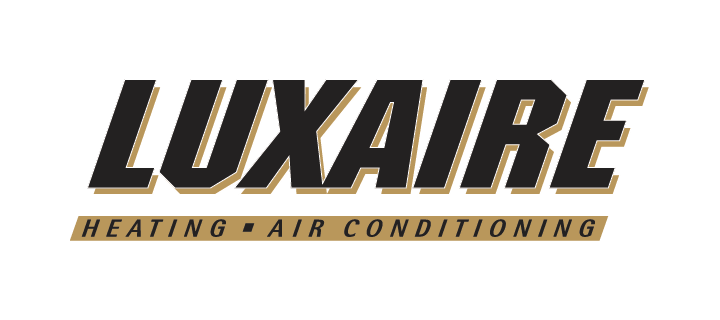


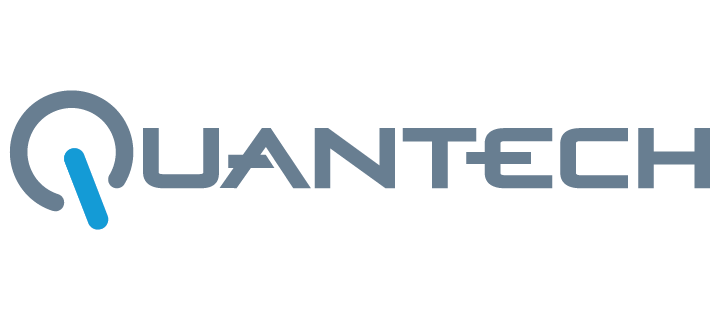

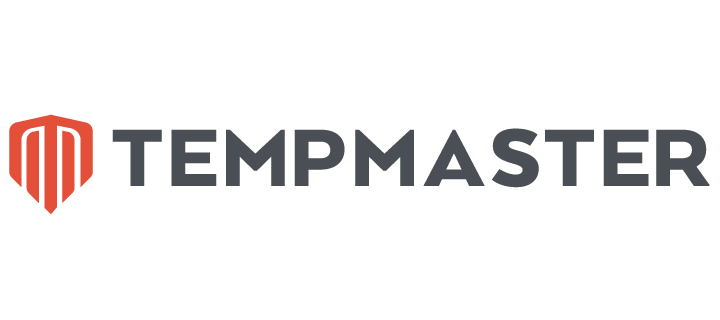






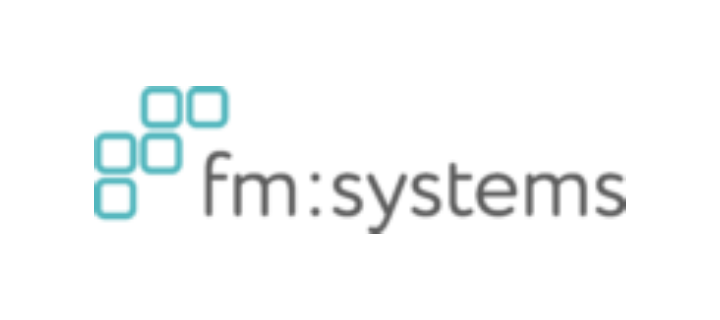



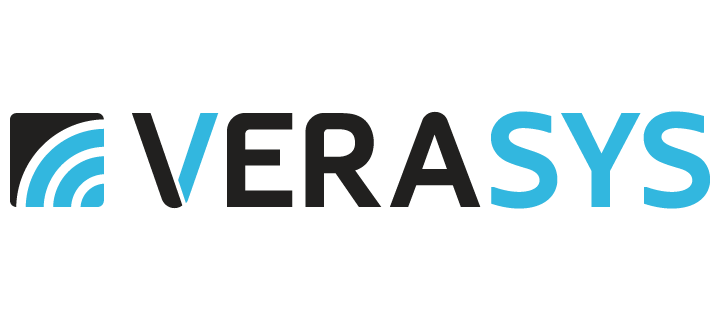



.png?la=en&h=70&w=157&hash=717A494A27ED61C45CEF95AC3A9C6309)


















